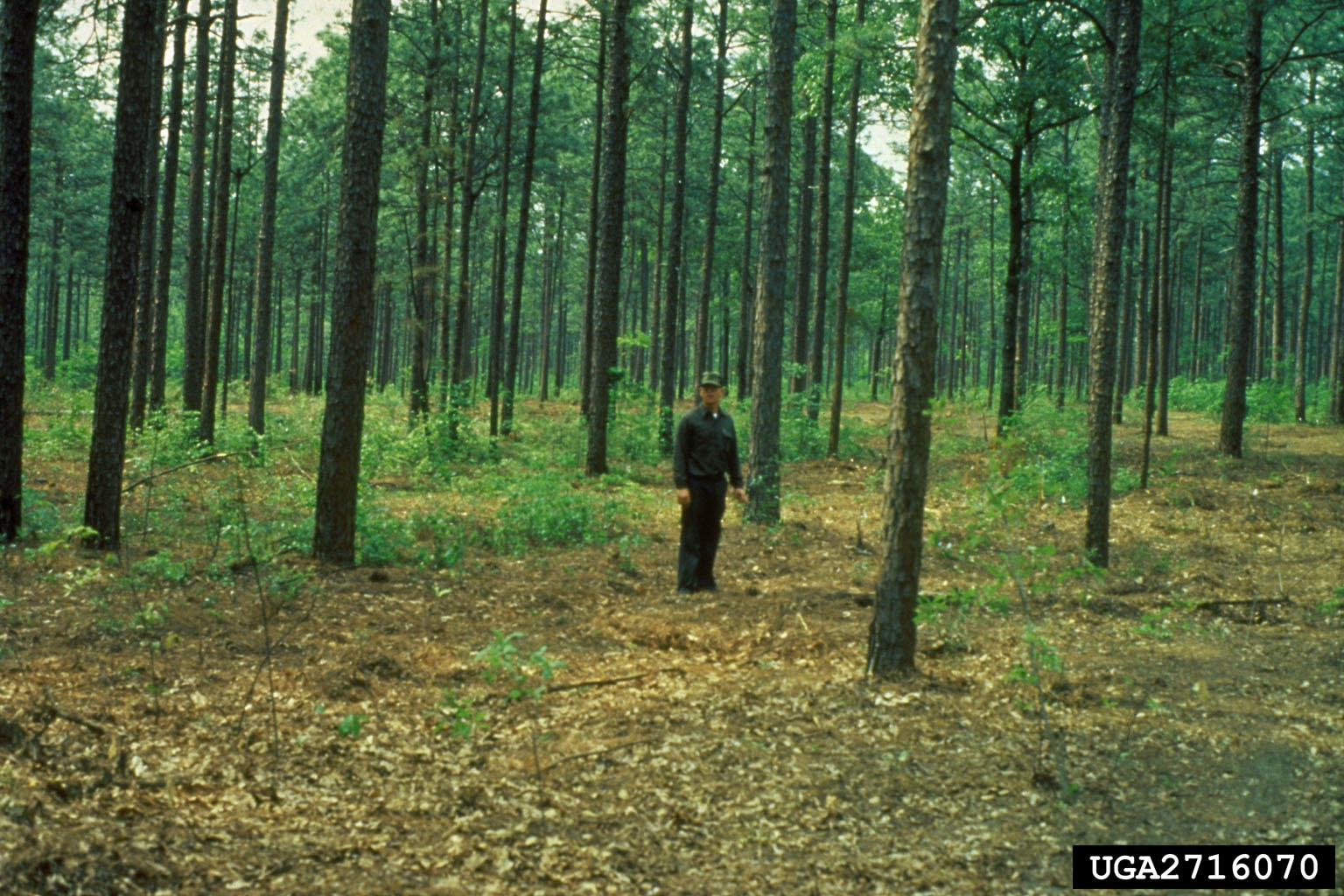What is IPM?
 Integrated pest
management isn’t a single solution to your pest problems. It’s a process
that combines common-sense methods and practices to provide long-term,
economical pest control, all while keeping your property, family and the
environment safe.
Integrated pest
management isn’t a single solution to your pest problems. It’s a process
that combines common-sense methods and practices to provide long-term,
economical pest control, all while keeping your property, family and the
environment safe.
Your IPM process is as unique as your woods, but it basically follows these steps:
- Preventing pests. Preventing an infestation is easier than controlling one, so start by making your woods a tough place for pests to live. When planting, choose more resistant trees if you can. Keep them strong and healthy by spacing them far enough apart and using thinning and prescribed burning to keep understory competition low.
- Knowing your enemy. Not every weed or insect is harmful, and some can be beneficial. So it’s important to monitor and identify what’s living in your woods. Keep an eye out for signs of tree decline or death, and use traps that target specific species if you suspect they may be present in your stands. And if you do find a pest in your midst, learn more about it in our Guide to Invasive and Destructive Species.
- Setting limits. Spotting a single pest doesn’t necessarily mean you have a problem, and destroying every pest on your property may not be possible or safe. Part of IPM is asking: How many pests would it take to threaten the health and economic viability of my woods? That number is your “action threshold.” If your forest’s pest population is close to or exceeds this threshold, then it’s time to fight back.
- Taking action. Once you know what you’re up against, you can choose from a variety of pest control methods. In IPM, you use effective but less risky methods first, such as traps or beneficial organisms. Careful and targeted use of pesticides and other chemicals can also be part of the solution. Spraying a non-specific pesticide over a large area is a last resort.
Photo: USDA Forest Service Archive, USDA Forest Service, Bugwood.org
I need to take action now. How do I put IPM into practice?
You’ve inspected your woods, read up on your pests, set your limits and tried prevention. If you still have a pest problem that threatens your forest, these IPM control methods can help you fight back.
Next: Putting IPM Into Practice


